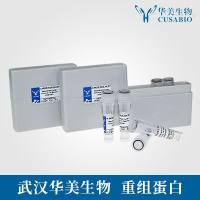In Situ Nick Translation at the Electron Microscopic Level
互联网
537
The nick translation procedure has been introduced in 1977 by Righy et al. (1 ). It is commonly used to label purified DNA in vitro. This technique relies on combined 5′→3′ polymerase and 5′→3′ exonuclease activities of Escherichia coli DNA polymerase I. If a nick or single strand break with a 3′ hydroxyl terminus is present in a duplex DNA molecule, the enzyme will translocate it, removing nucleotides ahead of it by 5′→3′ exonuclease activity and synthesizing the new DNA strand behind it using 5′→3′ polymerase activity (2 ). When labeled deoxyribonucleotides are used as substrates, the original unlabeled nucleotides in the DNA template are replaced by the labeled ones.








